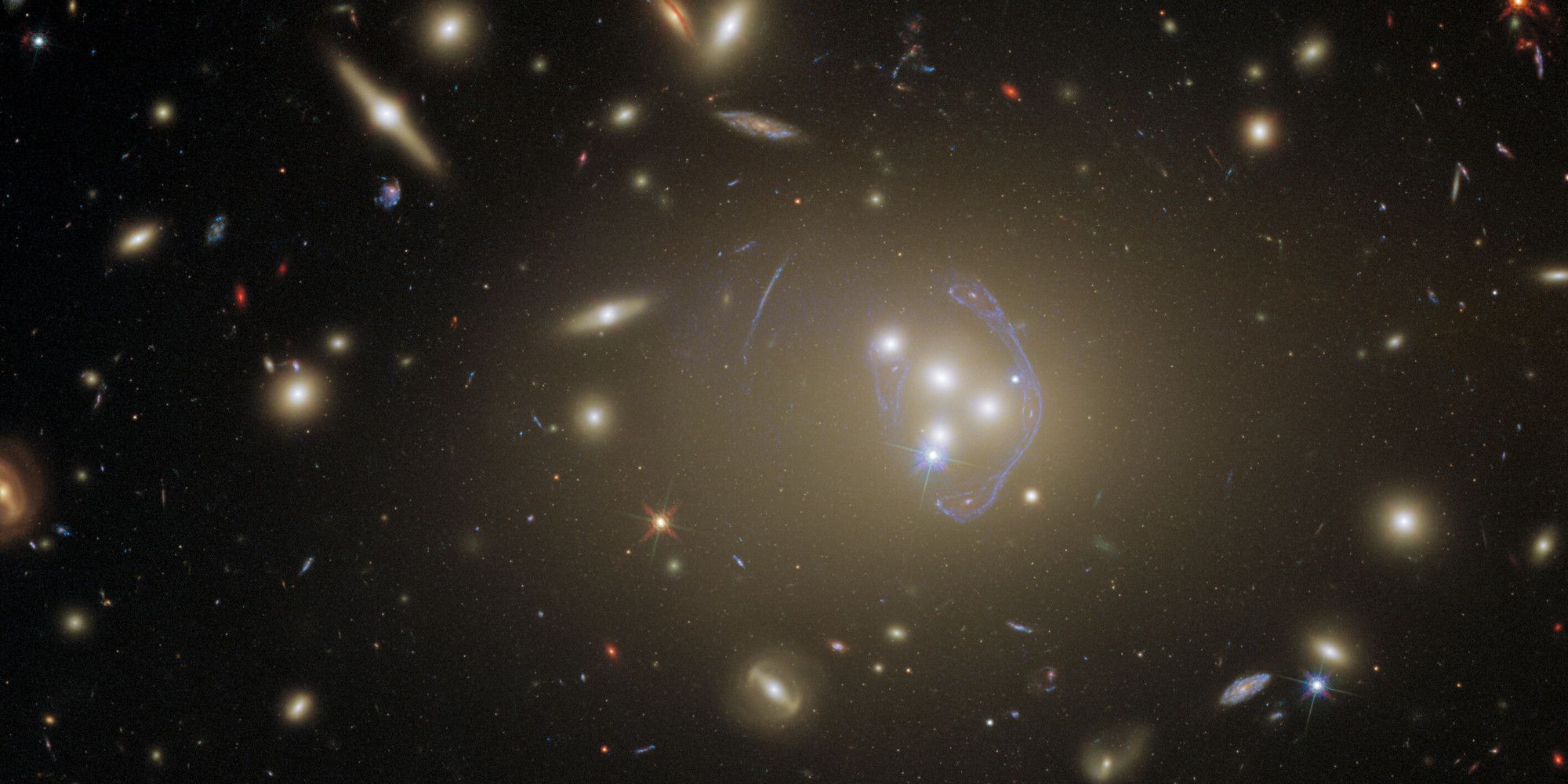Scientists Spot A Busy Parking Lot Of Galaxies From Early Days Of The Universe
Called G327, this galactic protocluster is from an age when the universe was 3 billion years and has puzzled scientists with its abnormal activity.
You Are Reading :Scientists Spot A Busy Parking Lot Of Galaxies From Early Days Of The Universe

Space scientists have spotted a packed cluster of galaxies in its nascent stages of formation from an age when the universe was merely 3 billion years old, but showing a rate of star formation that is roughly 10,000 times that of the Milky Way galaxy. Some of the largest cosmic bodies in the universe are actually galactic clusters, in which hundreds and thousands of galaxies of varied sizes are held together by gravitational forces and suspended in a medium of hot gas and dark matter.
Galactic clusters are also known to collide, and it often happens that more than two galactic clusters engage in such an interaction. Earlier this year, the Hubble captured a cluster called Abell 3827 that includes hundreds of galaxies while trying to study the elusive dark matter. Galaxies, on their own, are also known to interact with each other in events such as a merger. Scientists believe that such galactic interactions offer an important clue to their evolution and provide an insight into how stars and planets come into existence.
A team of scientists has now spotted what they call a protocluster of 63 galaxies that is on its way towards becoming a galactic supercluster. Protoclusters are difficult to detect in the optical range because they are often not bright enough, but they radiate a high amount of energy in other regions of the electromagnetic spectrum. One study hypothesizes that China’s giant FAST radio telescope will be the one to spot self-replicating alien robots sent by an advanced civilization in the future. In the case of the latest galactic protocluster discovery, it was made in the far infra-red region of the electromagnetic spectrum.
A Galaxy Cluster In Overdrive Mode

Named G327, the team behind the discovery is calling it a massive shipyard of galaxies, and one from an age when the universe was about 3 billion years old. In the early stages of observations, the team behind the research came across a rate of star formation that was unusually high. To give a better idea, the G327 protocluster appeared to be forming new stars at a rate that is roughly 10,000 times higher than that of the Milky Way galaxy. With such a high rate of stellar genesis, scientists believe that all the fuel will soon be exhausted and the protocluster will reach a stabilized state to become a regular supercluster of galaxies. To recall, a recent study mentioned that galaxies enter a quiescent stage when they run out of cold gas and stop forming new stars.
Brenda Frye, a co-author of the study and an associate professor of astronomy at the University of Arizona’s Steward Observatory, notes that each galaxy spotted in the G327 protocluster was like a ‘star factory in overdrive’ and that they were working at an abnormally high rate to make new stars. But in order to make so many stars and at such a pace, the cluster would need an unbroken supply of hydrogen gas as fuel. And that is where things get interesting, as scientists initially had no idea where are all the gas is coming from. The team is now awaiting more observations to trace the origin of this fuel and learn more about how these hungry protoclusters sustain themselves and make stars. An interesting study that was published recently put forward the idea that supernova events are not simply the death of a star, but they actually contribute towards the formation of new stars following the massive explosion.
Link Source : https://screenrant.com/star-factory-galaxy-parking-lot/
